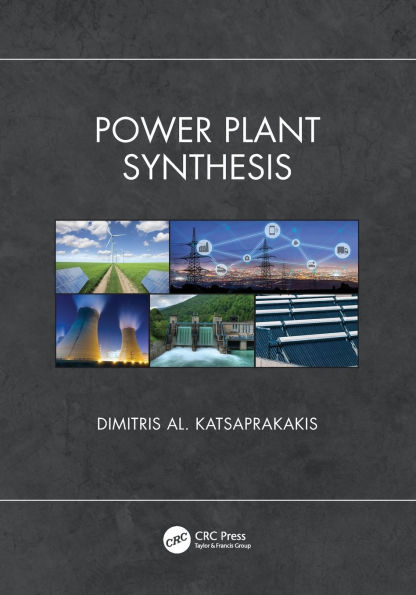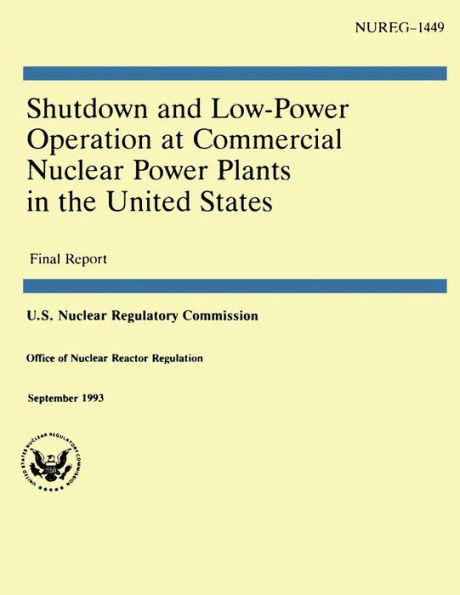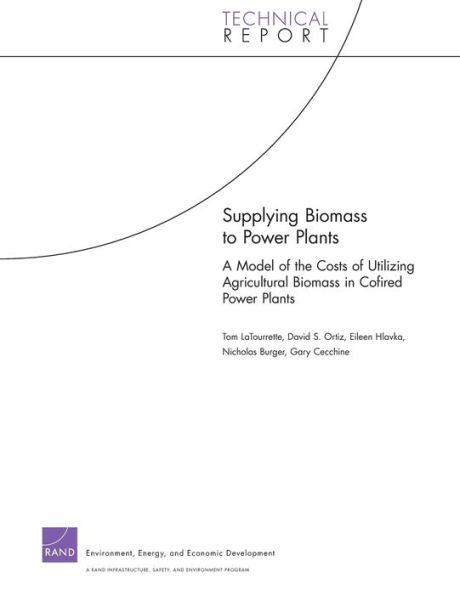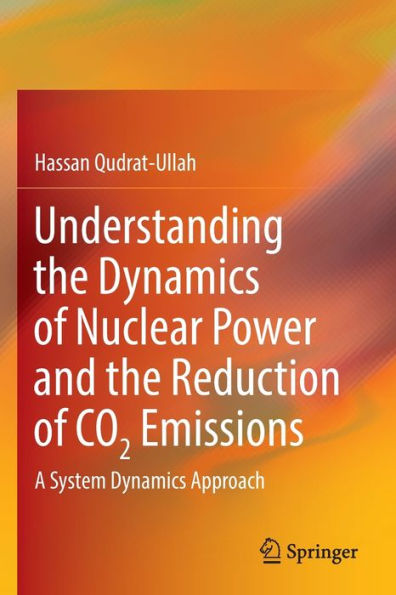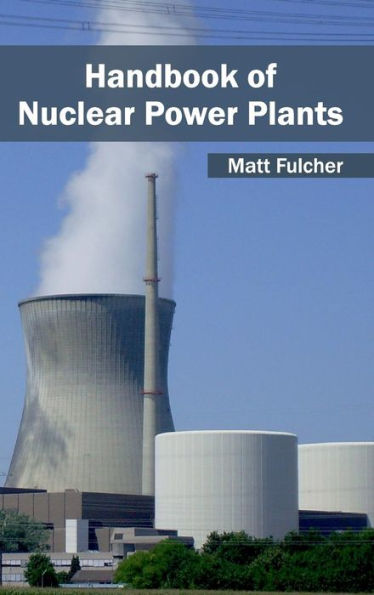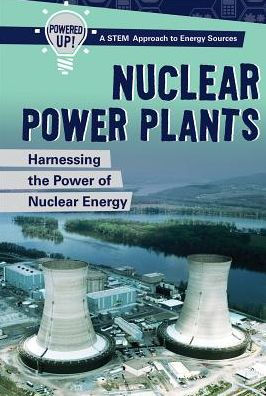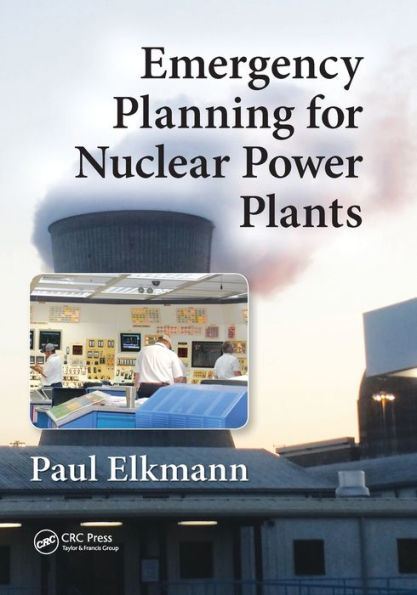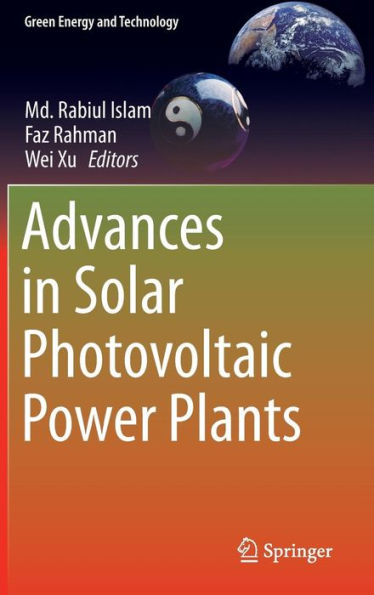Home
State CO2 Emission Rate Goals in EPA's Proposed Rule for Existing Power Plants
Barnes and Noble
State CO2 Emission Rate Goals in EPA's Proposed Rule for Existing Power Plants
Current price: $19.95
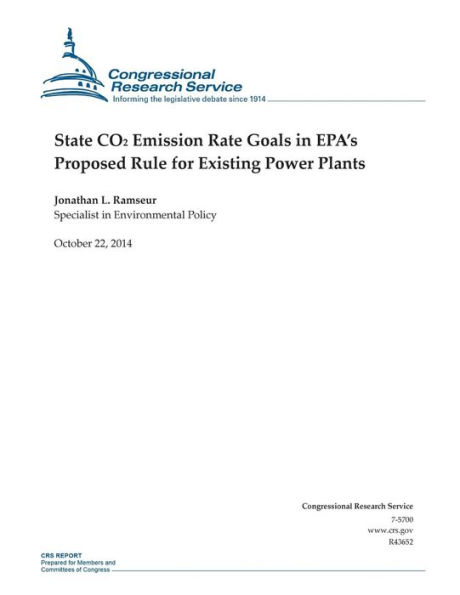

Barnes and Noble
State CO2 Emission Rate Goals in EPA's Proposed Rule for Existing Power Plants
Current price: $19.95
Size: OS
Loading Inventory...
*Product information may vary - to confirm product availability, pricing, shipping and return information please contact Barnes and Noble
On June 18, 2014, the Environmental Protection Agency (EPA) published a proposed rulemaking that would establish guidelines for states to use when developing plans that address carbon dioxide (CO2) emissions from existing fossil fuel-fired electric generating units. The proposal creates CO2 emission rate goals-measured in pounds of CO2 emissions per megawatts-hours (MWh) of electricity generation-for each state to achieve by 2030 and an interim goal to be achieved "on average" between 2020 and 2029. EPA estimates that if the states achieve their individual emission rate goals in 2030, the CO2 emissions from the electric power sector in the United States would be reduced by 30% compared to 2005 levels. This report discusses the methodology EPA used to establish state-specific CO2 emission rate goals that apply to states' overall electricity generation portfolio. The emission rate goals do not apply directly to individual emission sources. EPA established the emission rate goals by first determining each state's 2012 emission rate baseline, which is generally a function of each state's portfolio of electricity generation in 2012. The resulting baselines in each state vary considerably, reflecting, among other things, the different energy sources used to generate electricity in each state. To establish the emission rate goals, EPA applied four "building blocks" to the state baselines. The four building blocks involve estimates of various opportunities for states to decrease their emission rates:

